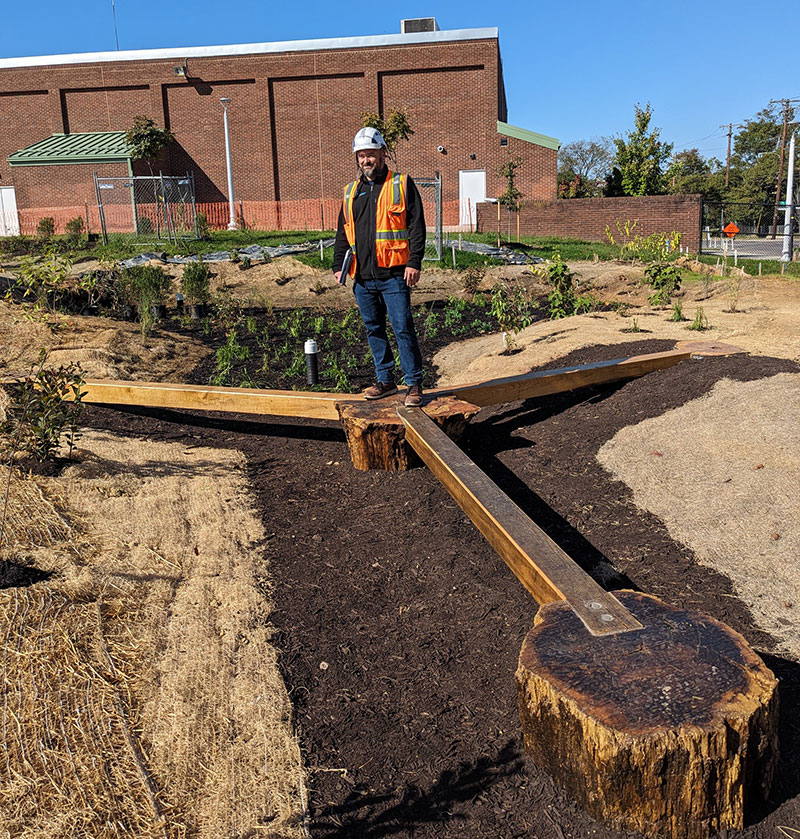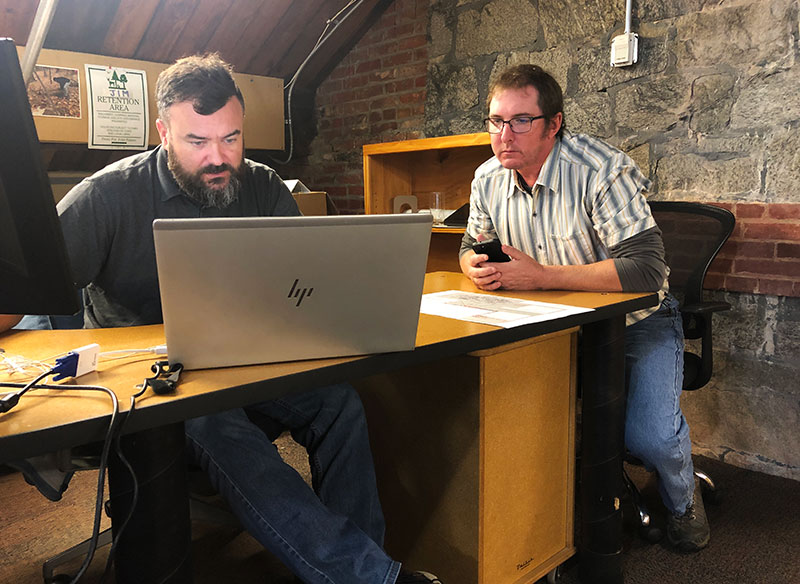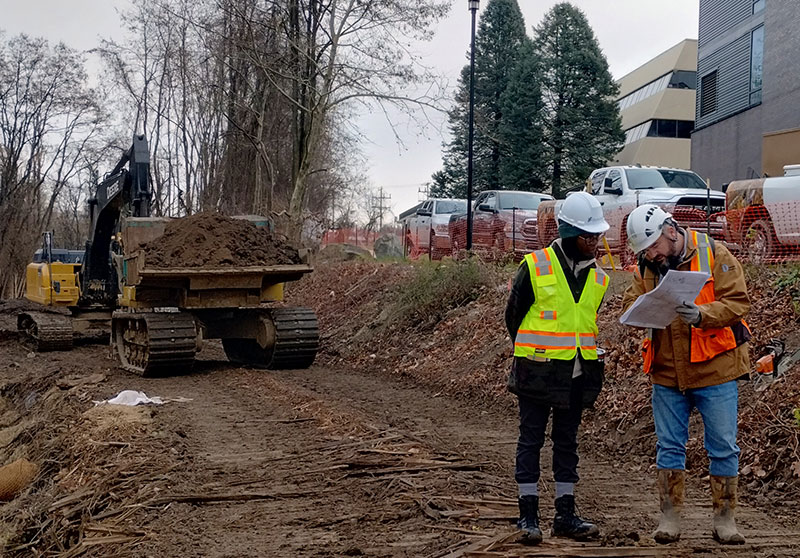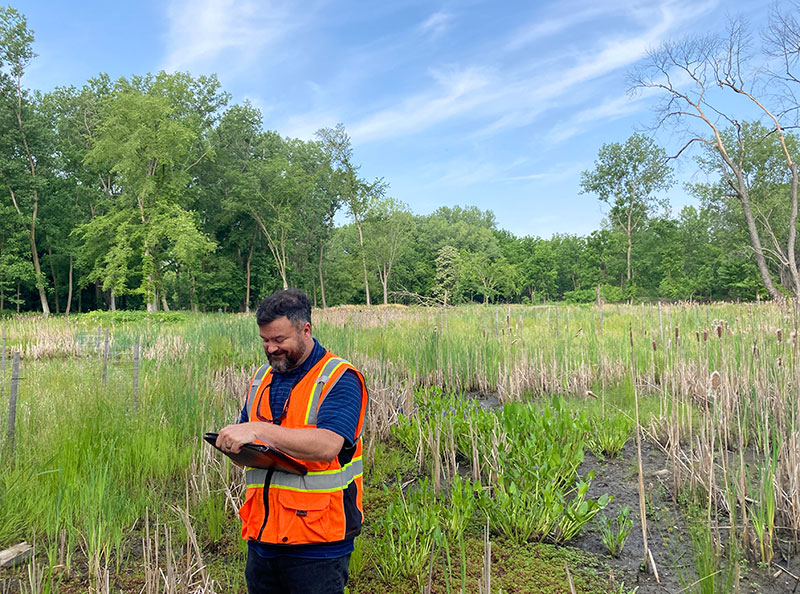Reflections: How I Became a Proponent of Design-Build
Jim Favret, Construction Coordinator
Before joining Biohabitats, I worked as an ecological restoration construction contractor for several years. Most of that work was on design-bid-build projects. About 15 years ago, however, we started seeing some design-build projects come through the door. This was an entirely different delivery method for me, and while my involvement on those early design-build projects was tangential, it really opened my eyes to how different it was—how it streamlined communication and made it possible to leverage efficiencies and get more work done on the site. There was less paperwork in terms of requests for information (RFIs) and change orders because we had worked through the design with the engineer from the very start. Team morale was higher, communication was better, the clients seemed very happy with it, and it didn’t carry the adversarial relationship that design-bid-build work can sometimes foster between the designer and the contractor. It just seemed like a faster, better process.

The value I really saw in the design-build delivery method was my ability, as a contractor, to talk directly to a designer early on in the process. For me, that was a game changer. It just seemed like, “Holy cow! I can talk directly to designers and they actually listen to me and consider my suggestions.” When we hit the ground on some of those early design-build projects, the stockpile space was adequate, access to the work areas was clean and easy, we knew the constraints the engineers had grappled with through design, and we had been talking about the start of construction for months. We were genuinely excited to begin those projects. Everything changed for me on those first few design-build projects because I had a voice early on with the designers and the engineers. I quickly became hooked on design-build and knew I needed to position myself to be able to practice it more frequently.
“Holy cow! I can talk directly to designers and they actually listen to me and consider my suggestions.”
When I joined Biohabitats, I wanted to expand my knowledge of the delivery method and pursued certification as an Associate Design-Build Professional from the Design-Build Institute of America (DBIA). Achieving that certification further fed my interest in design-build and provided me with so much knowledge from industry professionals that I could directly apply to my work at Biohabitats and further hone our practice.

I see design-build as a sort of hidden gem. No one is hiding it from anyone, but it is just amazing to me that such a dynamic delivery method that particularly suits ecological and nature-based solutions is not being practiced by more people, and that funding and procurement hurdles are still so prevalent. I do feel like the tide is turning, though because people are realizing how many benefits this delivery method yields and what it can really do in terms of time, money, and overall project relationships.

I have really made design-build work my focus at this point. About 75-80% of my regular workload is now design-build, and the ever shrinking percentage is design-bid-build project work. I’d have to say I prefer it this way!

